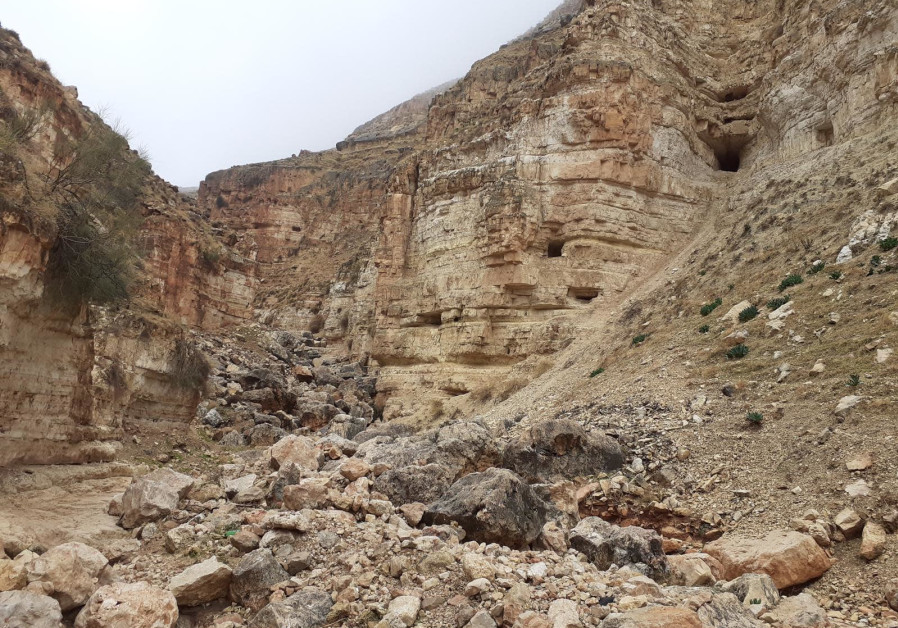2,000-year-old ‘Freedom to Zion’ coins found in biblical heartland
 The 2,000-year-old coins that date back to the period of the Jewish revolts against the Romans, July 13, 2021. (Credit: TAL ROGOVSKY)
The 2,000-year-old coins that date back to the period of the Jewish revolts against the Romans, July 13, 2021. (Credit: TAL ROGOVSKY)if(window.location.pathname.indexOf(“656089”) != -1){console.log(“hedva connatix”);document.getElementsByClassName(“divConnatix”)[0].style.display =”none”;}
 Excavation site where two 2,000-year-old coins were found, dating to the time of the Jewish revolt against the Romans, July 11, 2021. (Credit:
Excavation site where two 2,000-year-old coins were found, dating to the time of the Jewish revolt against the Romans, July 11, 2021. (Credit: 




Comments are closed.